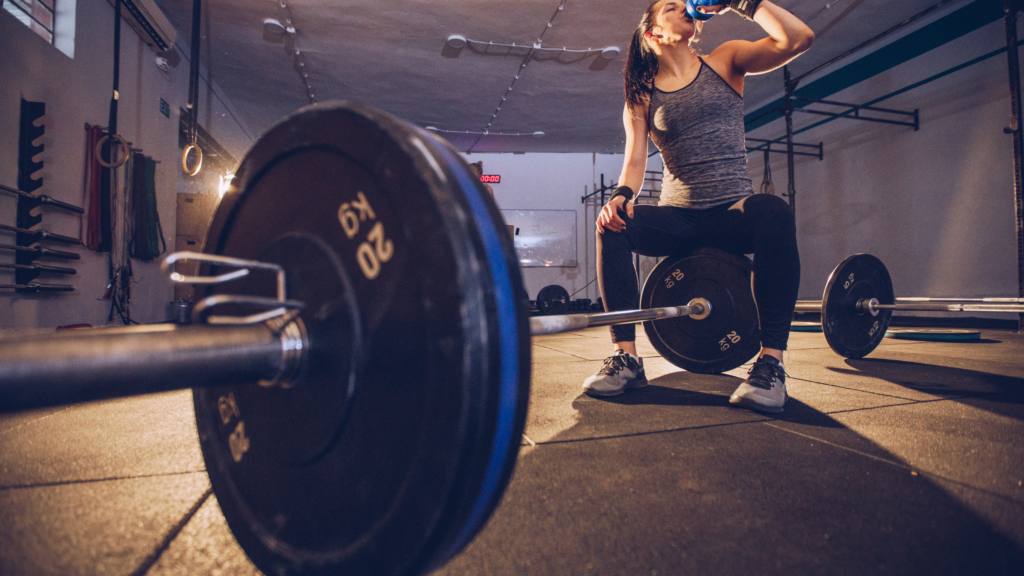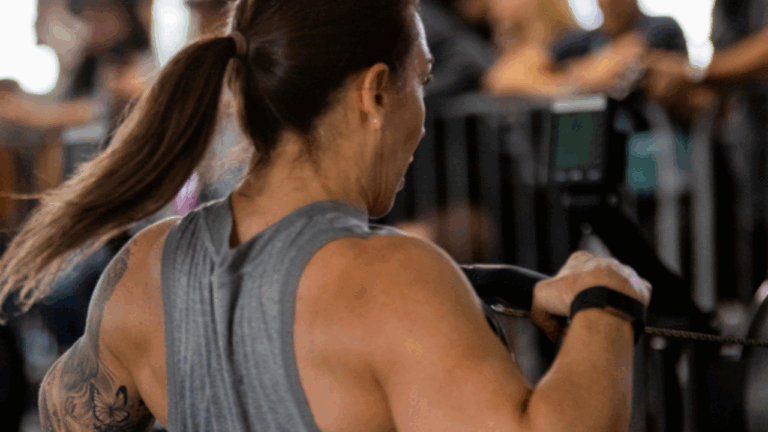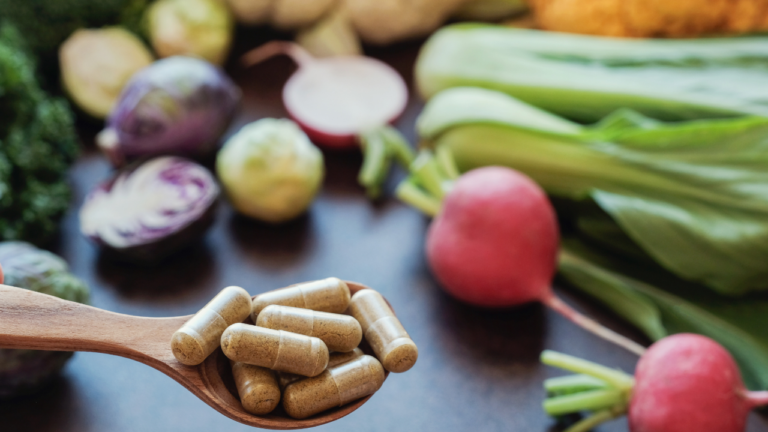Hydration for Female Athletes: Unlocking Peak Performance and Optimal Health

Proper hydration is crucial for all athletes, regardless of gender.
However, female athletes have unique considerations that warrant special attention to their hydration needs.
Staying well-hydrated is not just about preventing dehydration; it directly impacts performance, recovery, and overall health!
- Understand Your Physiology: Female athletes experience physiological changes throughout their menstrual cycle, which can influence their hydration requirements. Estrogen and progesterone levels fluctuate, affecting fluid balance, body temperature regulation, and sweat rate. Being aware of these changes can help female athletes adapt their hydration strategies accordingly.
- Set Fluid Intake Goals: Female athletes should strive to meet individualized fluid intake goals based on body weight, activity level, and environmental conditions. A general guideline is to aim for at least 8-10 cups (64-80 ounces) of fluid per day, including both water and other hydrating sources like fruits, vegetables, and sports drinks.
- Pre-Workout Hydration: Proper hydration should begin well before exercise. Drinking about 16-20 ounces of water or a sports drink two to three hours before a workout helps ensure adequate hydration levels. Additionally, sipping on water in the hour leading up to exercise is beneficial, particularly in warmer environments.
- Hydration During Exercise: During training or competition, female athletes must replenish fluids lost through sweat. The American College of Sports Medicine recommends consuming 7-10 ounces of fluid every 10-20 minutes during exercise. Sports drinks containing electrolytes are particularly beneficial for longer-duration activities, intense workouts, and during luteal phase, as they help replenish sodium and other minerals lost through sweat.
- Post-Workout Rehydration: After exercise, it’s crucial to restore fluid balance by consuming fluids and electrolytes. Aim to drink 20-24 ounces of fluid for every pound lost during exercise. Combining a balanced snack or meal with fluids can aid in replenishing glycogen stores and promoting muscle recovery.
- Recognize Hydration Warning Signs: Female athletes need to be mindful of dehydration symptoms. These can include excessive thirst, dry mouth, dark urine, fatigue, dizziness, and muscle cramps. Monitoring body weight before and after exercise can also help gauge fluid loss and guide rehydration efforts.
- Consider Menstrual Cycle Effects: The menstrual cycle can impact hydration needs due to increased water retention and higher body temperature during certain phases. Adjusting fluid intake accordingly and opting for hydrating foods like watermelon, cucumbers, and citrus fruits can help alleviate bloating and combat fluid retention.
- Personalize Your Hydration Plan: Every athlete is unique, and finding an individualized hydration plan is essential. Experiment with different fluid types, temperatures, and timing to discover what works best for you.
Hydration is a vital aspect of female athletes’ performance and overall well-being. By understanding your unique physiology, setting fluid intake goals, and adopting smart hydration practices, female athletes can unlock their full potential, prevent dehydration, optimize performance, and support their overall health.
Remember, staying hydrated is a continuous commitment that requires attention and adjustment to changing circumstances. So, drink up, stay hydrated, and excel in your athletic pursuits!






